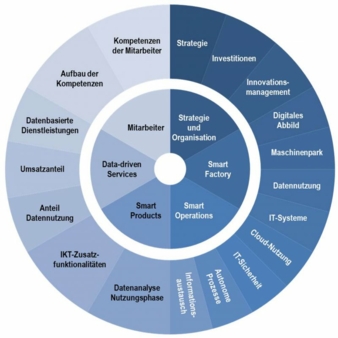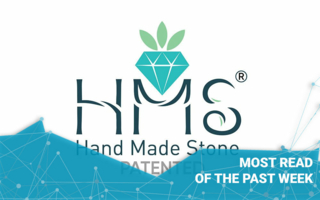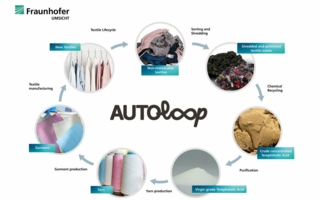31/07/2017 – Exklusive-series: industry 4.0 explained – part 4.2 — auf Deutsch lesen
Remits in digital change
The working world of the future will be different from today's.
In addition to demographic change, individualization and a general change in values, however, the focus is on digital transformation. For work, this means a great potential for change. Significant shifts in working styles and relationships, as well as the requirements for training, qualification and further education, are emerging. The challenges of these changes are considerable, but can be shaped.
Change through decrease of routine activities
We won't run out of work; rather, studies (IAB, Nuremberg) will lead to a significant change in the range of tasks. Through digital transformation, it is estimated that in the year 2025 around 1.5 million present jobs could no longer exist, but the same number of additional jobs could come along elsewhere.
More complex activities
This will increase the need for more complex activities, while it will decline in the case of ancillary activities. The overwhelming number of occupations will by no means disappear, but will change unmistakably. Overall, production, development and sales work will merge.
The distribution of tasks will be less divided, hierarchies are said to be leveling out and topic-specific networks as well as information flows become more important. In addition to leadership, education and training play the key role in the change management. In addition to digital content, it will be important to strengthen competences such as conceptual thinking, process understanding, creativity, abstraction and communication skills in order to make the opportunities of digital technologies effectively usable.
A view on the textile production
When asked how the different activities of certain (groups of) employees in textile production will change in the event that Industrie 4.0 applications were to be imposed, representatives of the textile sector are drawing a similar picture. Thus, it is expected that search processes will be reduced and manual activities, such as documentation, quality control, machine monitoring, inventory or material, as well as picking, will be reduced or increasingly assisted. Assembly activities will remain the same, but will be accelerated by collaboration with robots. New tasks will be added with regard to IT operation, data maintenance and support as well as mobile machine monitoring and control. Especially for machine operators, maintenance workers and foremen, an expanded qualification requirement will arise.
Expansion of the task spectrum
In our printed issue textile network 9-10 2017 (appears on 22th August 2017) you will find out more and what this will mean on the example of the machine operator on weaving machines.
Building on the first four parts of the series Networked Production, Smart Maintenance, Human-Machine Interaction and Working World, (textile network 1-2/3-4/5-6/7-8/9-10) we will present a vision of the textile factory of the future in the issue textile network 11-12/2017.
Robert Mothes, Dirk Zschenderlein
Sächsisches Textilforschungsinstitut Chemnitz e.V. (STFI)





